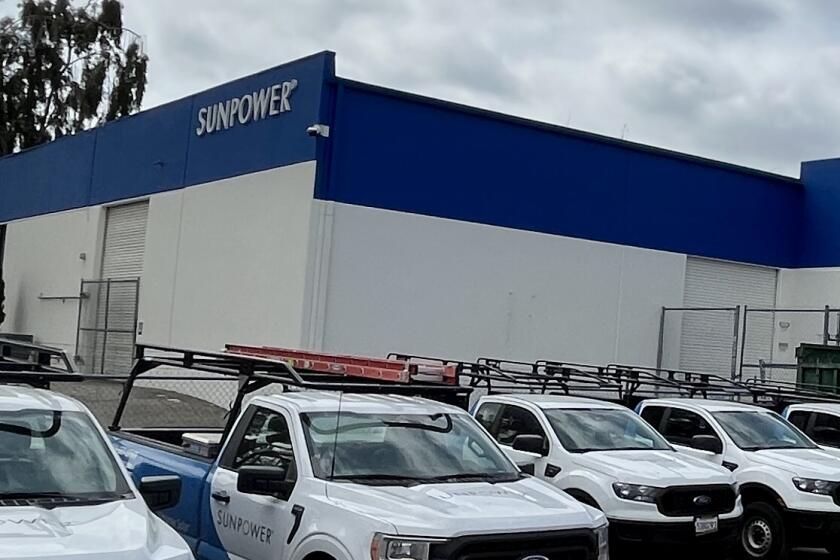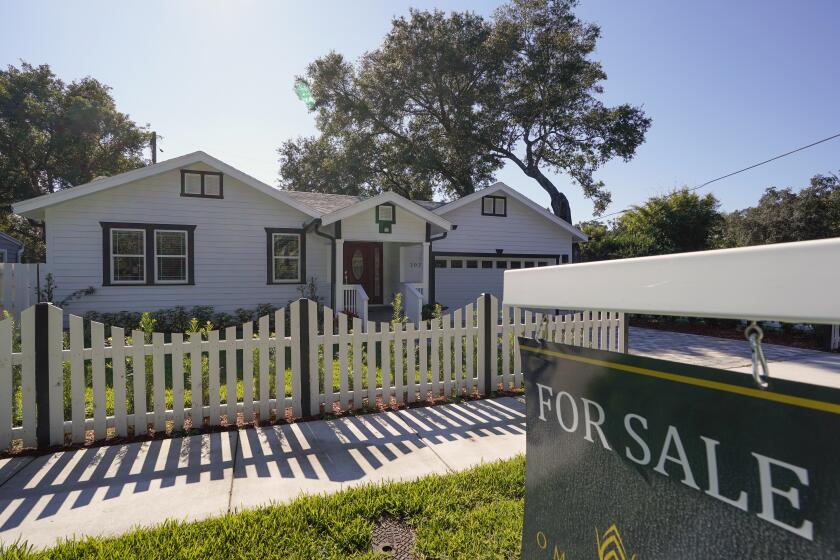HOA Homefront: When is your association deemed ‘dead’?
Q:I discovered that our small homeowners association has been in suspended status for the past 30 years. It is operated as a quasi-HOA, but in reality is more of a neighborhood cooperative. We have an insurance expense to cover a small common area, and utilities and landscaping expenses. Each member provides his or her own home maintenance, insurance, and each maintains individual garden areas. I have heard that some members are not paying these “assessments”. Is there still legal liability for the members to pay monthly assessments and make monthly contributions to a reserve fund even though the HOA seems to be in permanent suspension? G.E., Tustin
A:An association can seem dormant or can legally be dormant or even “dead.” If your association still has recorded covenants on the property, the association can be revived. If the covenants (aka CC&Rs) have expired, then the association is outside of the Davis-Stirling Common Interest Development Act, because without covenants on the land binding the neighbors together, there is no “Common Interest Development” (Civil Code 4200). Without the CID (colloquially known as the HOA), the neighbors cannot be forced to pay fair share of the cost of maintaining the property, or the insurance, or anything else except for any private streets. Civil Code 845 does require owners benefiting from private streets to pay their fair share of that cost.
If members voluntarily pay into a fund, good for all of you. But the first time someone becomes late or simply withholds their assessments, the lack of powers from the CC&Rs and the Davis-Stirling Act means nobody can force them to pay their share.
Associations sometimes are rendered legally dead without the community realizing it. This happens when an association fails to file its SI-100 and SI-CID forms with the Secretary of State or fails to file tax returns. When a corporation is suspended by the state, it is no longer recognized by the law as existing. It cannot appear in court to defend itself or to pursue a claim. The association’s name also no longer is reserved to that corporation and can be claimed by another entity. It normally is not too difficult to revive the corporation, and the manager or legal counsel may be able to help with that. Do that sooner than later.
Check your association’s corporate status at www.businesssearch.sos.ca.gov. That site, which was vastly improved in recent times, now also has copies of the last forms filed by the association available for viewing or even download. A good manager knows to file these forms regularly, to protect the association.
If the community has CC&Rs but is not following them, perhaps they can be amended to better fit the expectations and needs of the community. If the corporate status has lapsed, it should be revived.
Common interest communities fulfill a hugely important function in real estate, allowing the sharing of common facilities (planned developments) and land (condominiums). Without the HOA to care for these important interests, the shared ownership is impossible. The structure of the HOA is what many of us complain about when it rubs us the wrong way, but is exactly what we appreciate when someone else is not being a good neighbor.
Kelly G. Richardson, Esq. is a Fellow of the College of Community Association Lawyers and Senior Partner of Richardson Ober PC, a California law firm known for community association expertise. Submit questions to Kelly@RichardsonOber.com. Past columns at www.HOAHomefront.com.
Get U-T Business in your inbox on Mondays
Get ready for your week with the week’s top business stories from San Diego and California, in your inbox Monday mornings.
You may occasionally receive promotional content from the San Diego Union-Tribune.






